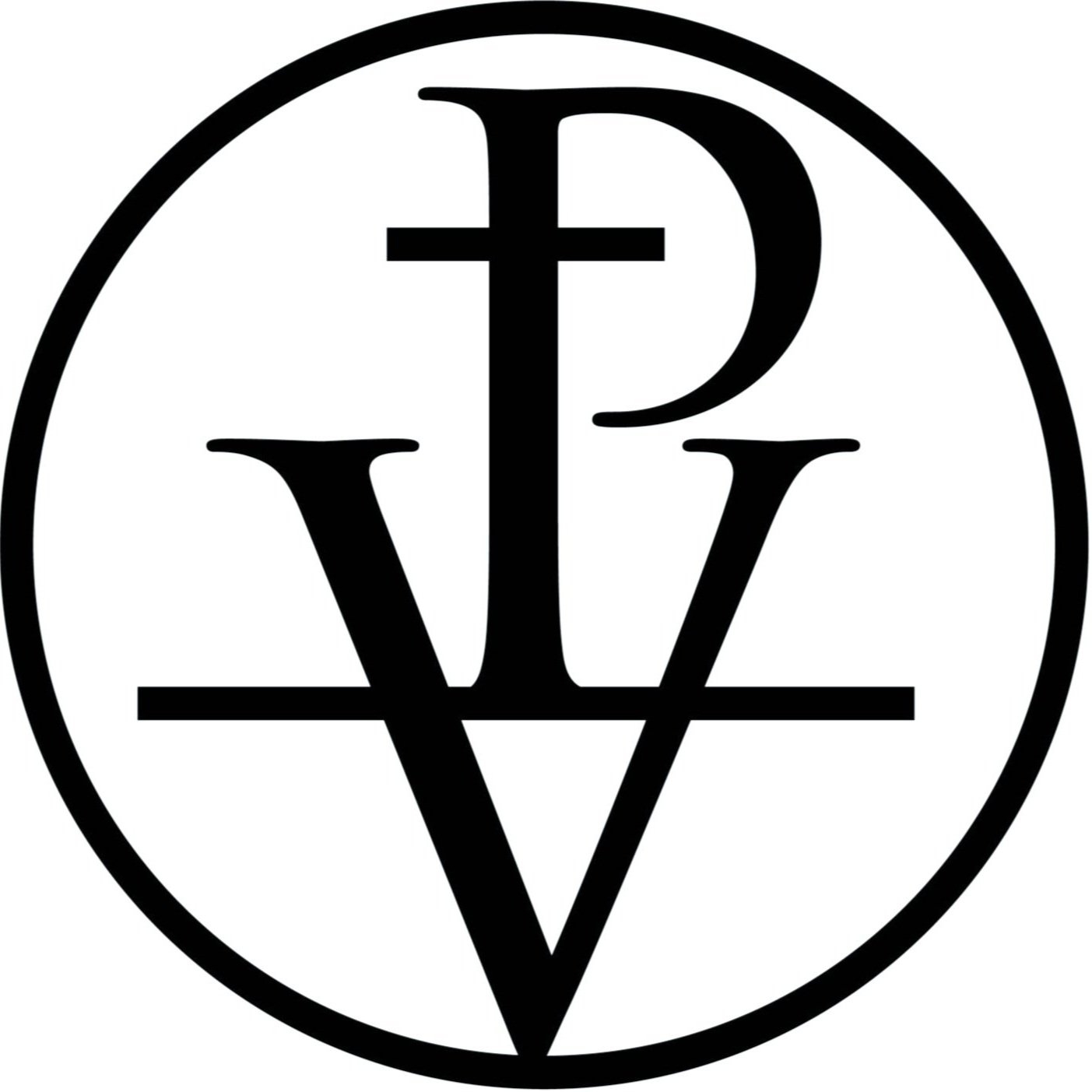HISTORY OF THE GUITAR SONATA
MANUEL MARíA PONCE (1882-1948)
“There is not a living Spanish musician who compares to you in self-discipline, in ideological complexity, in fertility and facility.”
“You are a great musician, dear Manuel, and that your talent coincides in your persona with your great soul, makes me enormously happy. I feel, besides, a great impatience for everyone to know you, to love you and to admire you as I do, which at times exasperates me. But in the end, they will appreciate you…”
- Andrés Segovia
There is no doubt that – among the many composers who wrote works for him – Segovia considered Manuel Maria Ponce to be infinitely superior, the foremost composer of that generation.
Text continued below
SONATA III (1927)
I - Allegro Moderato
II - Chanson
III - Allegro non troppo
Their extensive correspondence, published in 1989, shows not only a fruitful, collaborative musical relationship, but also a touching intimacy and fraternal affection. This correspondence, which lasts from their first meeting in Mexico City in 1923 until the passing of Ponce in 1948, uniquely illustrates Segovia’s private personality and gives readers tantalizing glimpses into the musical world of that day.
I have chosen to record the Sonata No. 3 instead of his first Sonata Mexicana (his second sonata was lost during the Spanish Civil War) because it demonstrates a greater maturity and refinement. With marked influences from his teacher at the time in Paris, Paul Dukas, as well as Debussy, and Chopin, the work also contains Spanish folk themes and even some passages reminiscent of Gregorian chant. It has only relatively recently emerged as a standard work in the modern guitar repertoire, and – as Segovia had wished – is appreciated for its nuance, complexity and scope.


